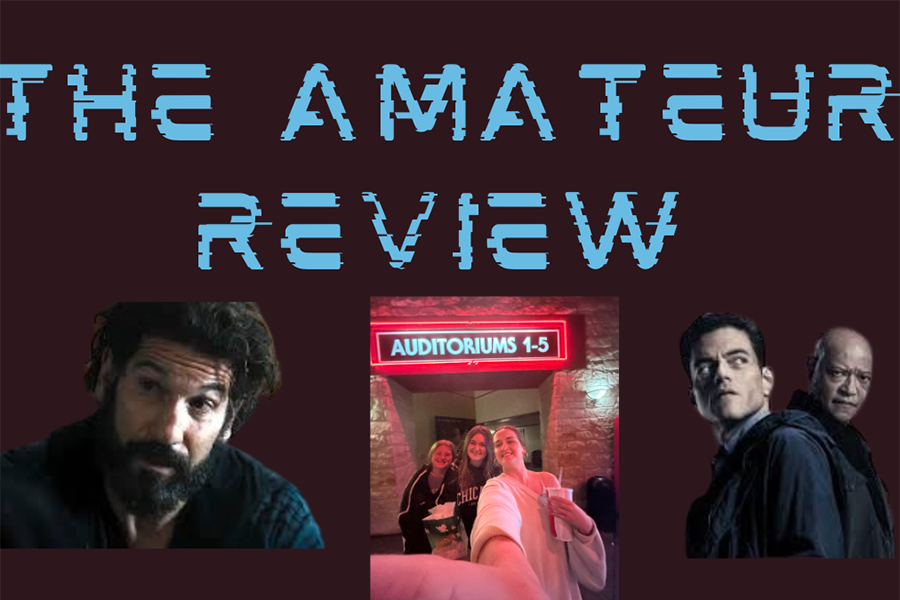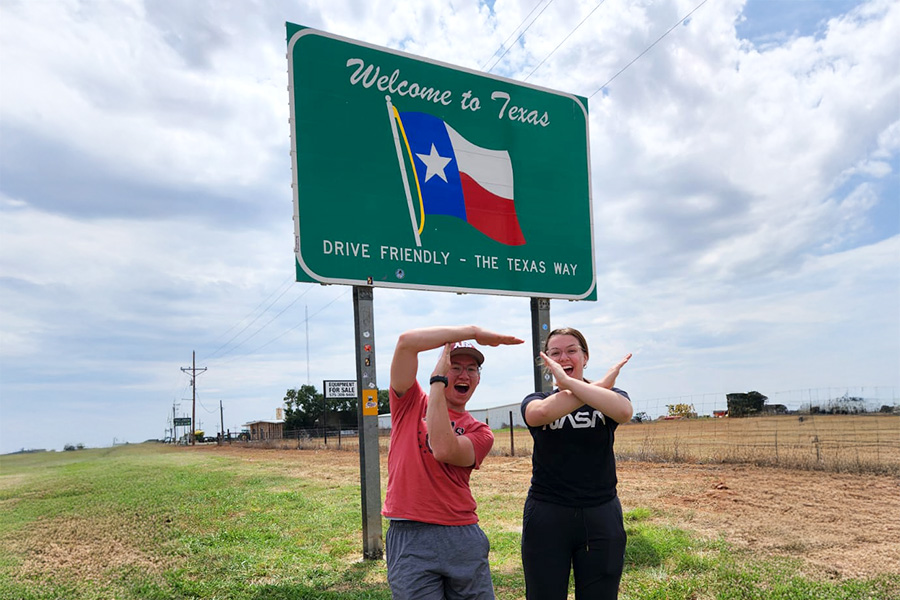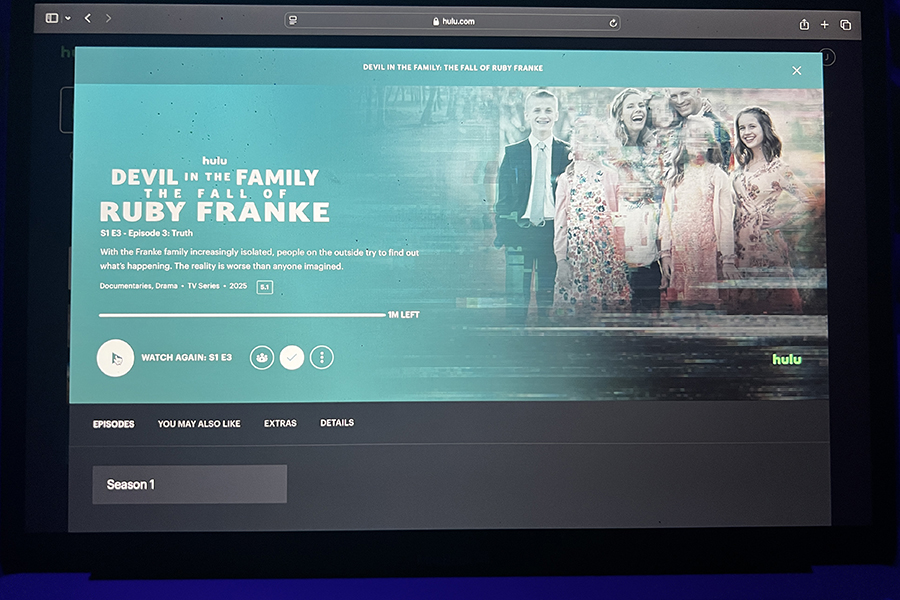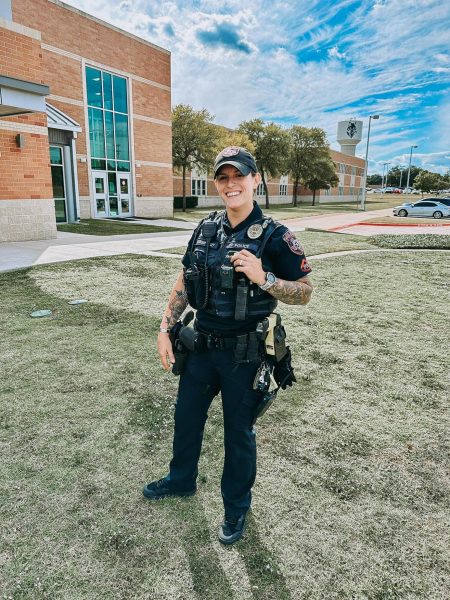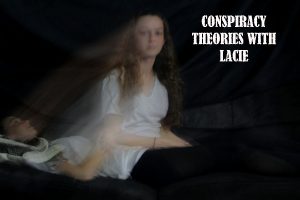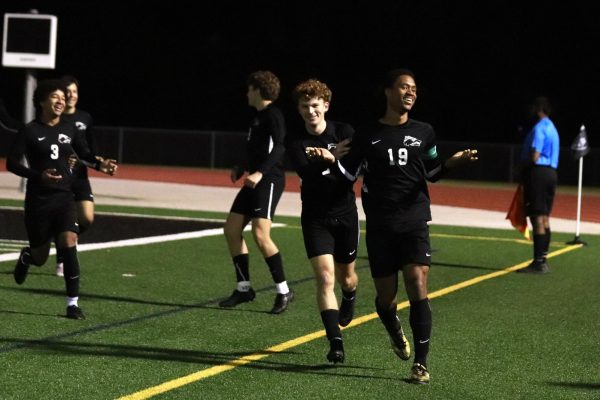Triggered Day 4: More Than Mental Illness
Discover the Many Factors That Contributed to Shootings
April 5, 2018
Hearing about the recent shootings, such as the one in Parkland, Florida can be heart-wrenching to many. As more shootings fill the headlines over time, people can go numb to the horror of it all.
With such a collection of data from these events over the past few decades, there is an opportunity to understand the shooters’ motives now, more than ever before.
Politicians and the American people are quick to put the blame on mental health after a shooting, however, there are many factors that go into each violent incident. All the perpetrators were different, from where they grew up, to the quality of their home life.
But differences aside, there are clear similarities. These similarities can help spread awareness and teach what is worth looking out for, in order to prevent these events from occurring in the future.
Descriptions of perpetrators from some of the most well-known shootings can be read in the slideshow below. Know that these descriptions should serve as a guide towards understanding potential shooters, and are not here to glorify them in any way.
There are many similarities between the perpetrators, which can help in identifying potential threats in daily life. Below is a breakdown of the recurring traits.
Mental illness/ health/ personal detail
-Depression, anorexia, Obsessive Compulsive Disorder, aggression, psychopathy, pedophilia, severe headaches (tumor), labeled as mute during childhood or as the shy kid, autism, other special education needs
Knowledge of guns
-Military affiliation, taught gun handling as a child, obsession with mass shooting fan sites, collected guns/knives
Hate for the world or the wealthy class, and a possible drive to revolt in some cases
-Thought that the wealthy was selfish, had a hatred towards jocks
Neglect or abuse from parents and other parental details
-Abusive father, lack of medicine accommodation, both parents died
Shows sign of aggression or plan
-Breaks into van, sent suicidal message, consulted qualified therapist, posted opinions/projects on public online blog, wrote about concerning essay topics or drew gory images, made video for school project featuring gun violence toward other students, openly spoke about a complex plan to kill, posted on Youtube about desires to kill, posted concerning/aggressive content on social media, openly supported Hitler and Nazism, multiple FBI reports claiming a potential danger, joked about mass shooting
Between these similarities, the most significant point is that each of them displayed warning signs. A parent of one of the Columbine shooters, Sue Klebold, spoke to The Guardian, saying that “I could see his behaviours were changing. I attributed it to being an adolescent, and it is my deep regret that those behaviours might have indicated something else.” Sometimes the signs aren’t obvious to family members or teachers, but they could be noticed by their peers.
“See Something, Say Something” is a campaign by the Department of Homeland Security, which was created to encourage people to report suspicious activity. This campaign applies to all schools, in that students should look out for and report when something isn’t right.
Lead counselor, Christina Hollander, says in a CPHS News interview with Noah Torr that student input is of great value to the administration.
“Things are going on around us everyday and it’s hard to pay attention to everything, but when you do notice something, it is important to speak out,” Hollander said. “You’re not tattling, you’re helping. You are sometimes saving a life.”
Students spend class time with their peers and scroll through each other’s social media feeds, giving them a better eye for potential issues. Whether it is an aggressive Instagram post or a rumor that someone has a plan to bring a gun to school, it must be reported. Tell a teacher, email an AP or counselor, send an anonymous alert. Regardless of the channel in which it is reported, all that matters is someone is made aware.
“[Spend] less time with your face in your phone and walking around the hallways, and [more time] looking at people and making eye contact and having conversations at lunch so you can really get to know the students around you,” Hollander said.
To submit an anonymous alert, click here.
Knowing When to Get Help Handout via BraveryTips,
Suicide Prevention Handout for Teens via Bluebonnet Trails
For contact information on the counselors, refer down below, or click here.
Christina Hollander, Lead Counselor, Last names A-Bp
512-570-1219
Jacque Pittz, Last names Br-Fl
512-570-1269
James Sullivan, Last names Fo-J
512-570-1220
Kelli Taylor, Last names K-Mi
512-570-1229
Lisa Semper, Last names Mo-Sc
512-570-1221
Thomas Kahlich, Last names Se-Z
512-570-1222
Sources:
http://abcnews.go.com/US/disturbing-things-learned-today-sandy-hook-shooter-adam/story?id=27087140
https://www.cnn.com/2017/10/24/us/sandy-hook-adam-lanza-unsealed-docs/index.html
https://www.cnn.com/2017/10/24/us/sandy-hook-adam-lanza-unsealed-docs/index.html
https://www.biography.com/people/seung-hui-cho-235991
https://www.biography.com/people/charles-whitman-11495598

![Posing with their UIL State Trophy, the Robolobos Van Halen Team beams with excitement after their win. “It was a team effort,” junior Noah Vo said. “I was happy because something happened in the first match and the match was also really close. So [when] they finally revealed it, I was pretty happy.” Photo courtesy of Amy Lovelace](https://cphswolfpack.com/wp-content/uploads/2025/05/IMG_0910-EDIT-1200x723.jpg)

![Broadcast, yearbook and newspaper combined for 66 Interscholastic League Press Conference awards this year. Yearbook won 43, newspaper won 14 and broadcast took home nine. “I think [the ILPC awards] are a great way to give the kids some acknowledgement for all of their hard work,” newspaper and yearbook adviser Paige Hert said. “They typically spend the year covering everyone else’s big moments, so it’s really cool for them to be celebrated so many times and in so many different ways.”](https://cphswolfpack.com/wp-content/uploads/2025/05/edited-ILPC.jpg)


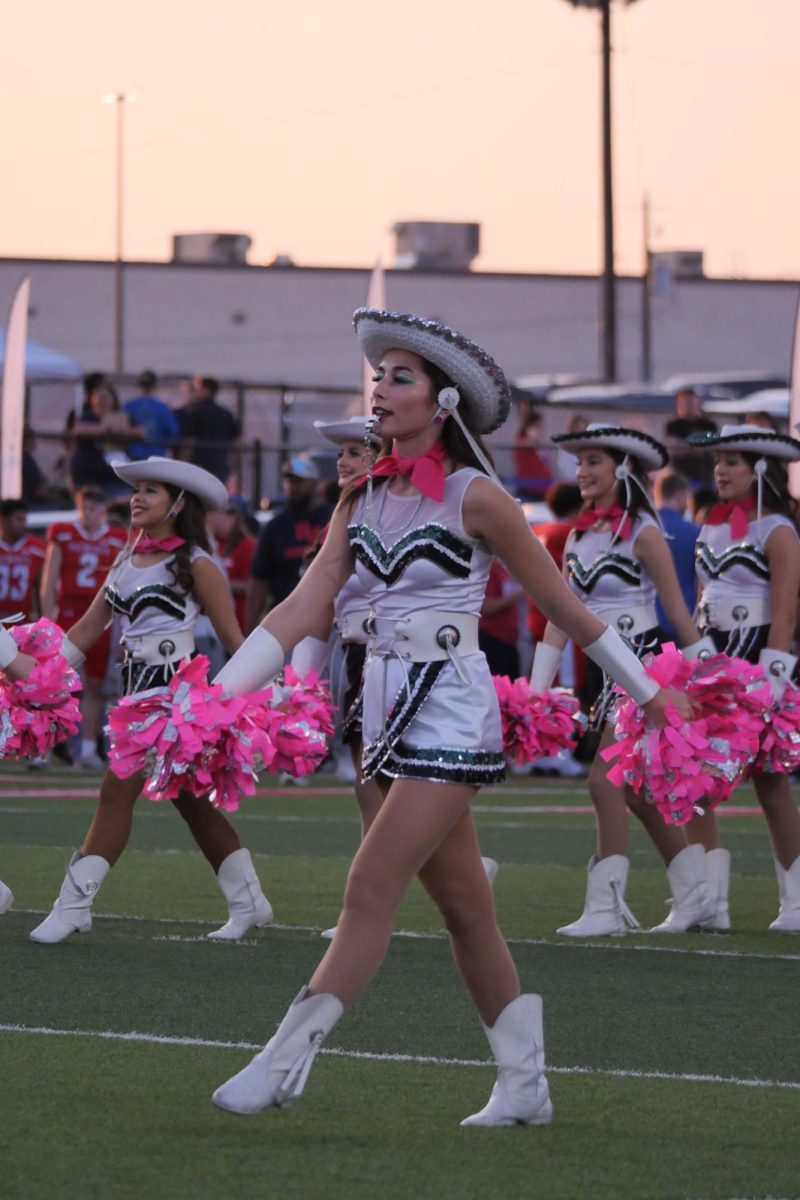





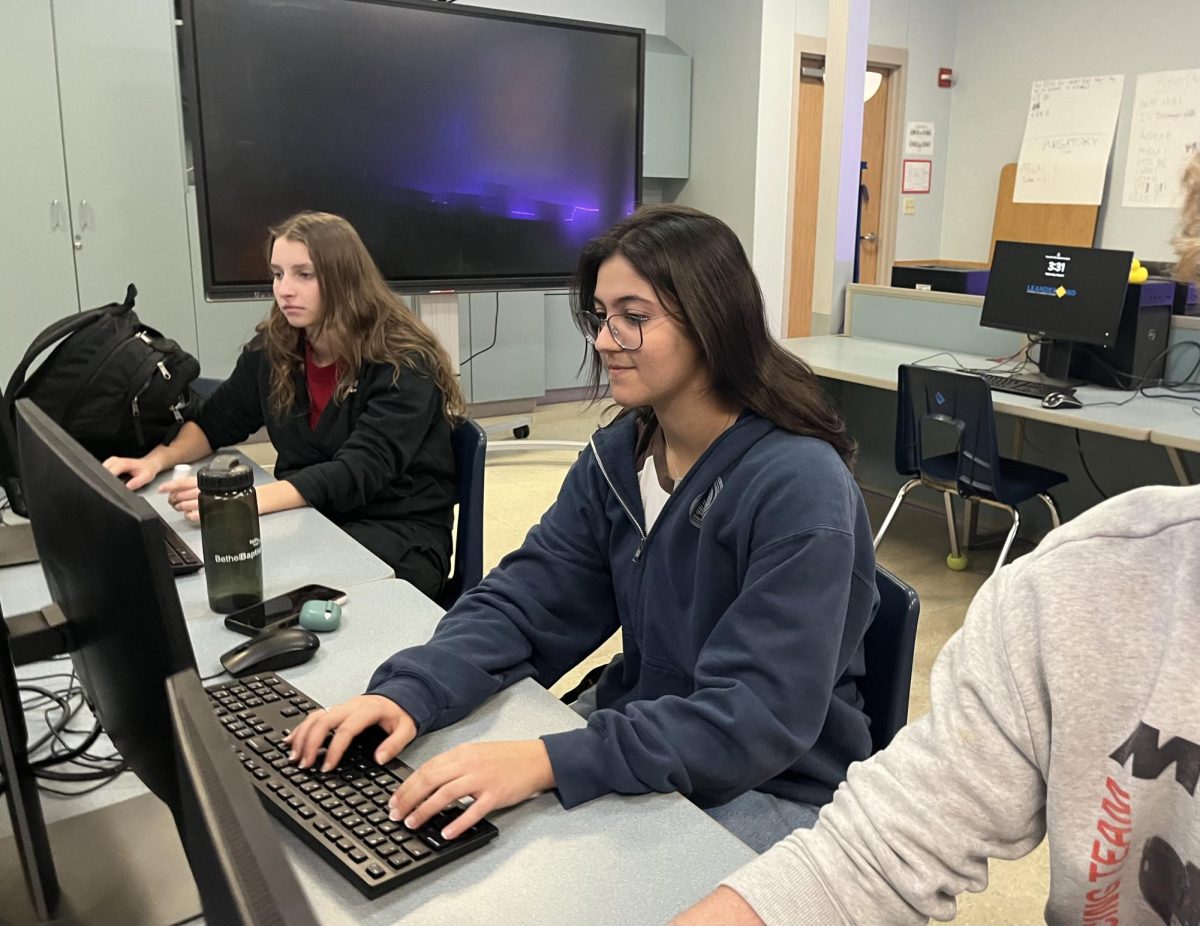


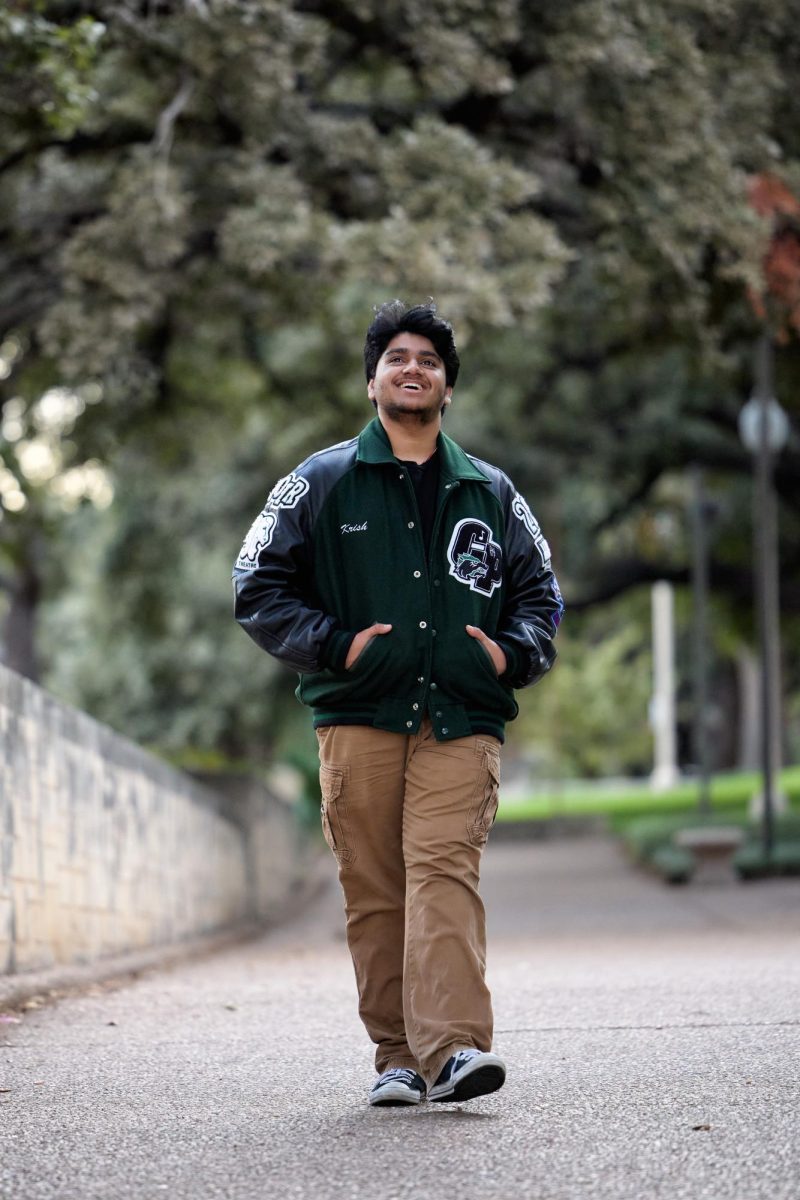
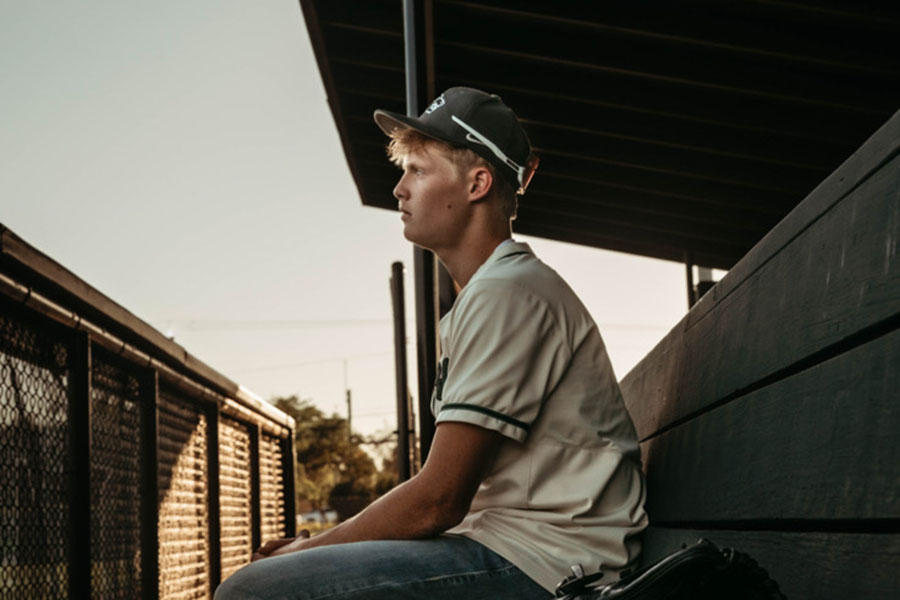
![Bringing her arm over her head and taking a quick breath, junior Lauren Lucas swims the final laps of the 500 freestyle at the regionals swimming competition on date. Lucas broke the school’s 18-year-old record for the 500 freestyle at regionals and again at state with a time of 4:58.63. “I’d had my eye on that 500 record since my freshman year, so I was really excited to see if I could get it at regionals or districts,” Lucas said. “ State is always a really fun experience and medaling for the first time was really great. It was a very very tight race, [so] I was a bit surprised [that I medaled]. [There were] a lot of fast girls at the meet in general, [and] it was like a dogfight back and forth, back and forth.” Photo by Kaydence Wilkinson](https://cphswolfpack.com/wp-content/uploads/2025/03/Kaydence-2.7-23-edit-2.jpg)
![As the support team sits and poses for a photo in the cafeteria with the counseling team they eagerly wait to start their day. "We [all] seem to be a team, I get up every day and there's days where I don't want to go to work today, but I'm thankful that I have a job and I'm blessed to have what I have," Christopherson said. Photo Courtesy of Julie Weltens.](https://cphswolfpack.com/wp-content/uploads/2025/01/AF9E8470-10D7-4C91-BF28-EC8F86BAB66C-1200x852.jpeg)
![Officer Stephanie Cash is in her second year as an SRO at CPHS. “Seeing [students] grow over the years has been kind of cool,” Officer Cash said. “Freshmen that [are] all over the place and then in the next couple of years get a little more squared away and go to class and do work and start thinking about the future. Being a part of a student's growth is the best way to measure my success as an SRO.” Photo Courtesy of Cedar Park Police Department's PIO, Alicia Gallagher.](https://cphswolfpack.com/wp-content/uploads/2024/12/CPHS-SRO-900x1200.jpg)


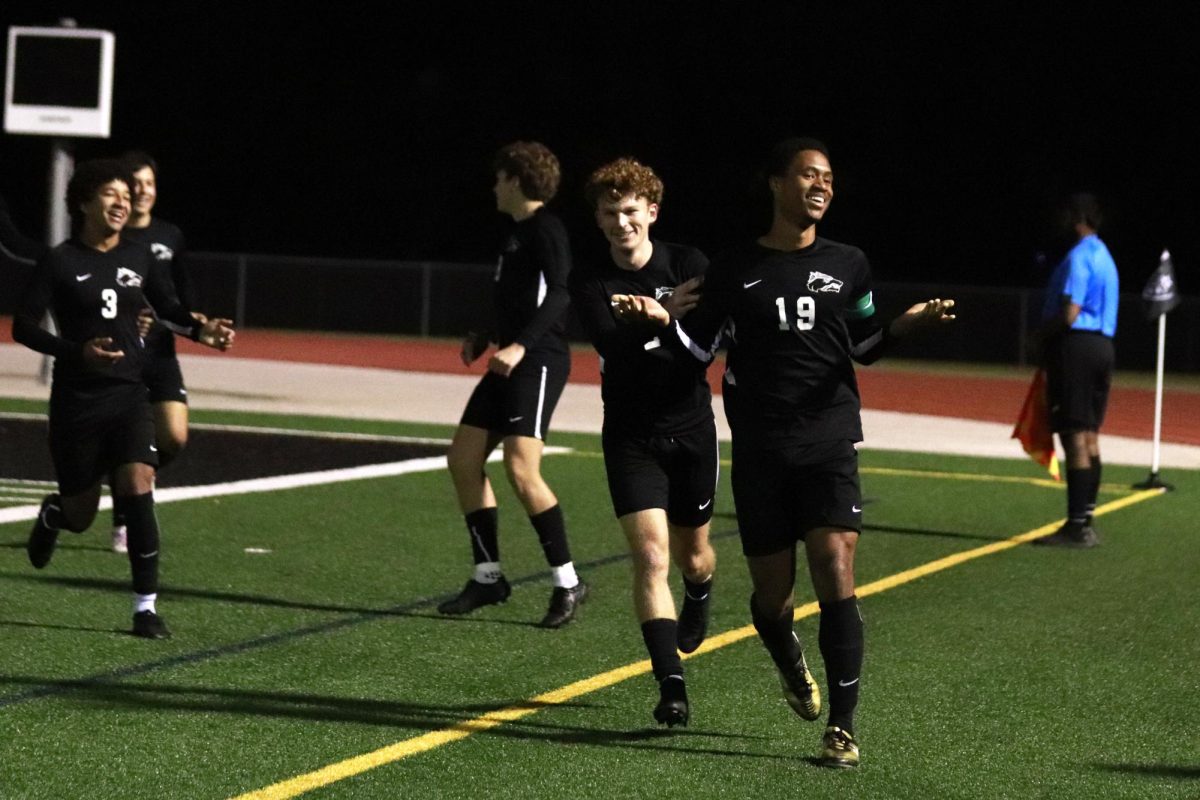
![Taking a breath as he raises his arm up and out of the water, sophomore Kaden Padilla swims the 500 freestyle at the UIL state meet on Feb. 21-22. Padilla placed 10th overall and second in the consolation final in the event, dropping two seconds. “My family was there, so being able to drop time for them was really special,” Padilla said. “It was awesome [finding out I advanced to the consolation finals]. I wasn’t expecting it, and I was very surprised. My parents being there definitely made me a lot happier knowing they got to see me swim in finals.” Photo by Skyler King.](https://cphswolfpack.com/wp-content/uploads/2025/03/kaden-padilla.jpg)

![Three defenders try to stop senior point guard Hope Edwards before the ball leaves her hands. The girls basketball team faced Liberty Hill on Feb 21, losing 58-40. “[My season was] definitely bittersweet,” Edwards said. It's definitely sad [because] I'm gonna miss all my teammates, my coaches and just the whole CP environment.”](https://cphswolfpack.com/wp-content/uploads/2025/03/julia-128-1200x800.jpg)
